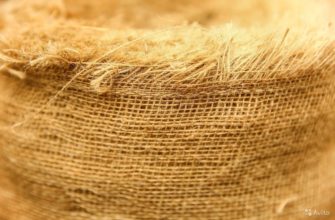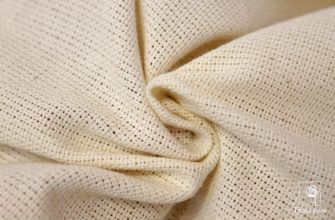All people want things to serve them long and faithfully for many years when they buy them. The quality of any product depends on the type of weaving of the threads in the fabric. This article tells about what twill weave is and where it is used.
Appearance
What is twill weave fabric - this is a type of material in which the yarn has a special weave of threads. This is one of the most popular materials.

Twill fabric has a special feature, it has a diagonal pattern of stripes. Sometimes this method of weaving is called caper. The scar is made across the width of the material from left to right, sometimes vice versa. The pattern is obtained due to the widespread displacement of the yarn relative to the fabric. This is how the characteristic caper relief is formed.
Please note! Twill fabrics can have a smooth or finely patterned side. Such fabrics are made plain-dyed, printed, sometimes lightened. Sometimes the threads are combined, forming a gradient. Such fabric can be obtained in the process of embroidery with knitting needles.
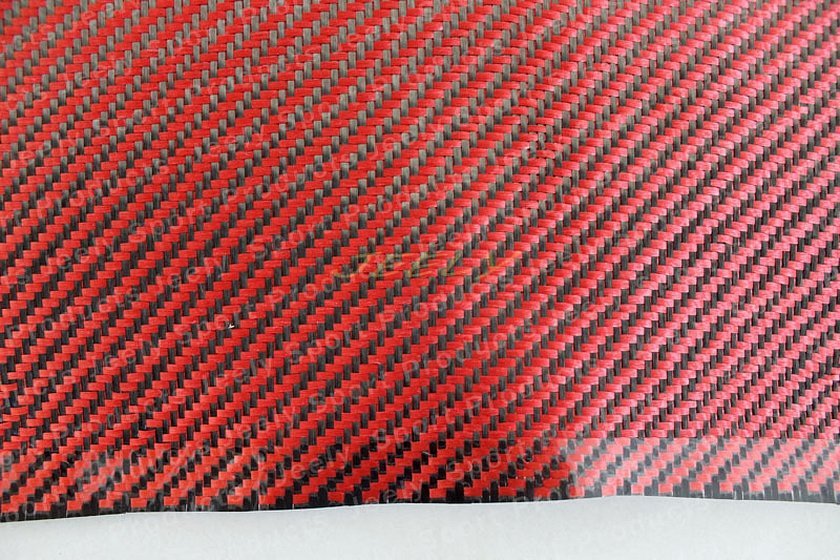
Types of weaving
The variety of thread patterns is determined by the type of twill weave of the threads:
- Classic look. Scar angle to the right, lines equal in width;
- Reverse - deviation of the scar to the left;
- Heavy variety - there are several reliefs of different widths. The properties of the canvas do not change;
- A broken mesh can create a pattern from different angle directions. This is what a herringbone pattern is. The broken method is mainly used to make fabrics from wool, cashmere, and sometimes cotton.
- Reinforced weaving allows for wide diagonals.
Materials differ in the sharpness of the scar angle. If the warp and weft threads are the same, then the classic angle is 45 degrees.
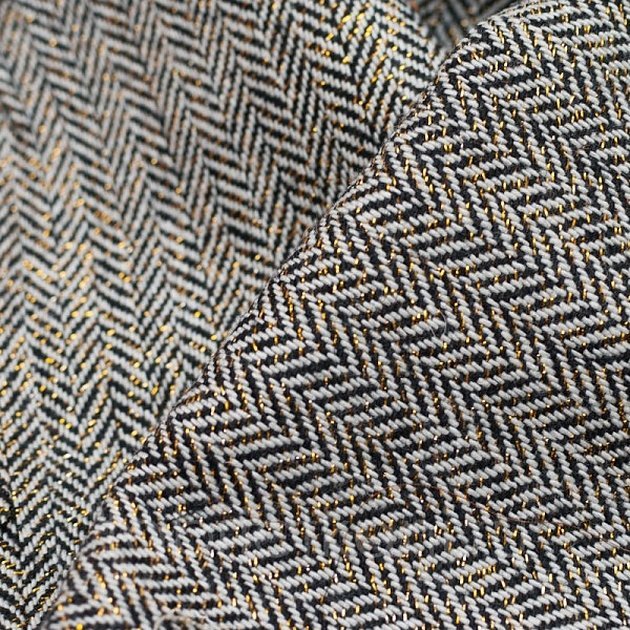
When the warp is larger than the weft, the angle is wider, and vice versa. Twill weaving also depends on the properties of the threads themselves. If the yarn is dense and twisted, the pattern is more embossed, and the fabric is rough. This requires a certain amount of care.
What's good about twill
The popularity of twill weave is explained by the huge number of its positive properties. Any material made by this method, regardless of the raw materials used, is characterized by a number of advantages:
- It has increased strength and tear resistance;
- The product does not form coils;
- The fabric hardly wrinkles;
- Excellently accepts various reinforcing impregnations: waterproof and others. This is a good property for materials that are used for various special clothing;
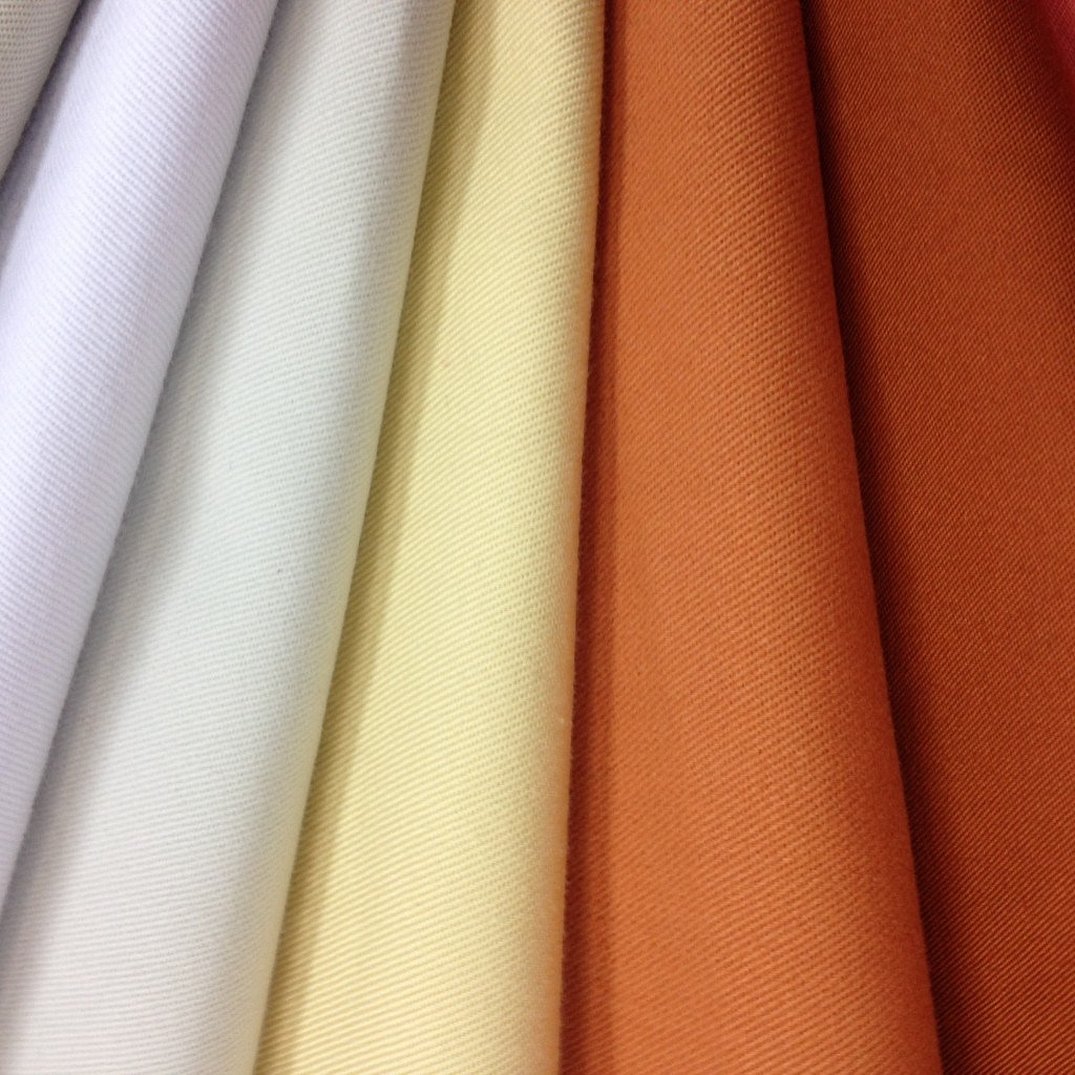
- The fabric is much softer and shinier than with plain weave;
- Absorbs moisture well and turns it into steam;
- The products are elastic and do not restrict the body;
- Double-sided fabrics feel nice and are pleasant to be in;
- Twill drapes easily;
- Quite easy to care for;
- The material does not cause allergies;
- The fabric does not accumulate static electricity;
- Circulates air and retains heat well;
- Low price, wide choice of colors and patterns.
The material has almost no disadvantages, except for one. After the first wash, there is always a small shrinkage, especially on a cotton-based fabric. There is no way to fight this. Therefore, when buying, you need to take the product so that it sits a little loosely on the body.
Review of materials
The yarn used for twill weave has the same effect on the properties of the finished material. The versatility of the fabric lies in the use of various fibers (artificial and synthetic). Denim fabric is often made from it, it can be:
- One of the cheap and thin materials is Gin, made from untwisted yarns of low density;
- Jeans. High-quality and dense material, the weft threads are twisted. Lately, elastane is often added to denim to make it more elastic;
- Stretch. There are also warm denims, with thermal material on the inside as a lining;
- Denim with a herringbone weave is called Broken Twill. The first jeans were made from it;
- One of the most expensive and best fabrics will be Denim and Selvedge. Jackets, coats, suits are made from them.
To visually understand what is being discussed, you need to watch several master classes on weaving.
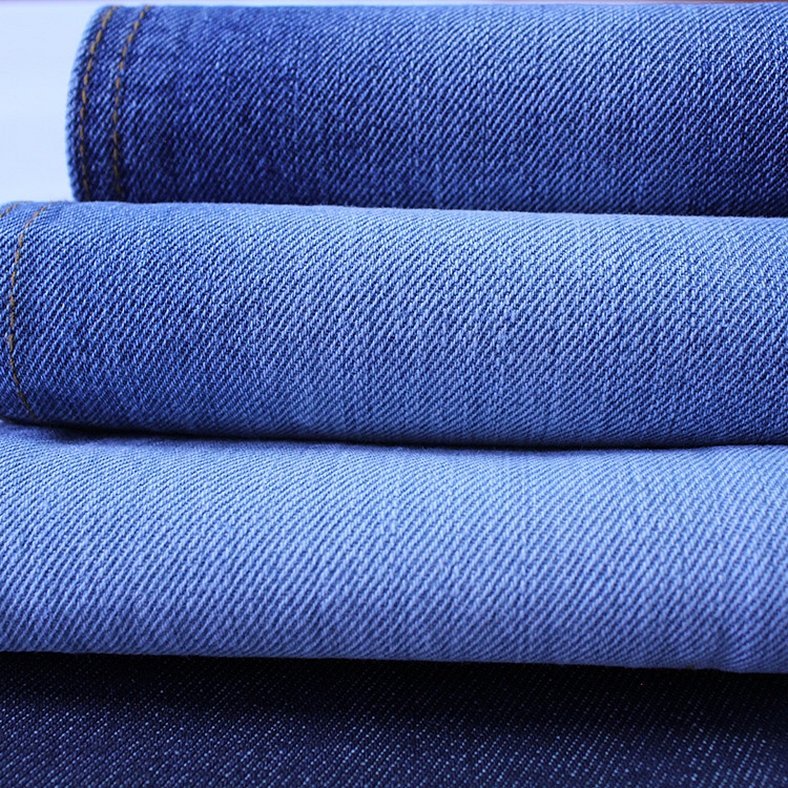
Wool twill
These are mostly fairly thick and warm fabrics. Twill wool is used to create winter clothing.
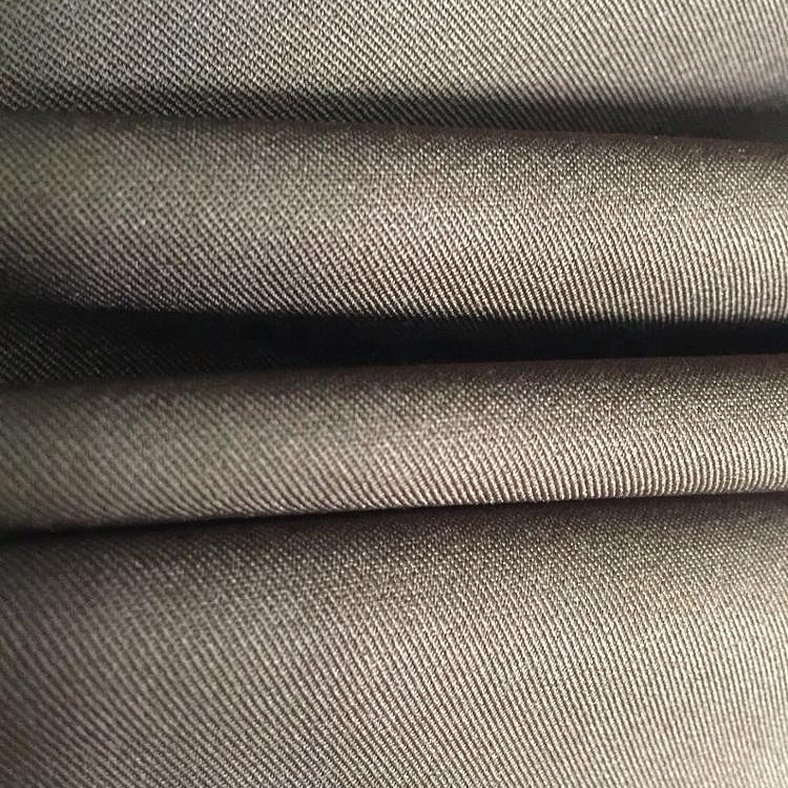
What fabrics are made from wool twill
- Gabardine is a material made from merino sheep wool. It is used to make fur coats, overcoats, and sweaters. It is used as upholstery for furniture. It looks quite elegant. The peculiarity of this fabric is the slope of the scar on the outer side at 60 degrees and the shiny back side;
- Tweed - hats, suits and coats are made from this fabric. It is made from sheep wool. Fabric properties: keeps warm, does not wrinkle, has a beautiful appearance.
Woolen fabric is mainly used to make suits, outerwear, hats or demi-season items.
Semi-wool
For twill weave, mixtures of threads are used. Semi-woolen fabrics are very popular. Cotton yarn is used as a base, woolen threads will be used as a weft. They are most often used to make coats and special clothing for workers. It is quite difficult to care for, so you need to follow the rules written on the label.
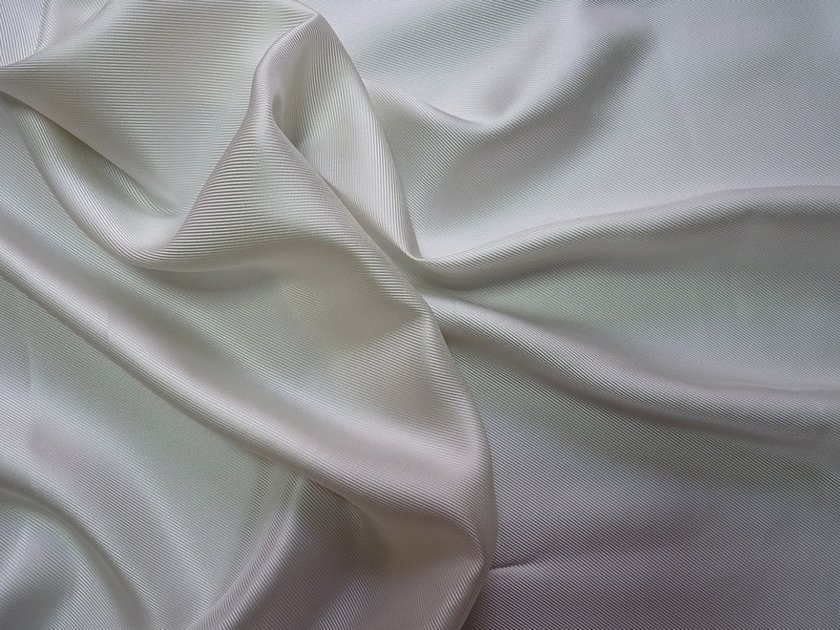
Cotton
Pure cotton fabrics are very dense. Such material is called raw.
One of the most beautiful and popular in use will be denim fabrics with a pattern, they are called jeans. For the base in the fabric, dyed yarn is taken.
Silk and semi-silk
Silk twill fabrics are used to make delicate and pleasant to the touch sets of underwear. For semi-silk fabrics, silk canvas and cotton weft are used.
Viscose
Viscose thread is made from cellulose. Thin viscose twill fabrics are widely used as linings in hats or outerwear. Many items of women's wardrobe are made from the material. For example, autumn dresses or office suits.
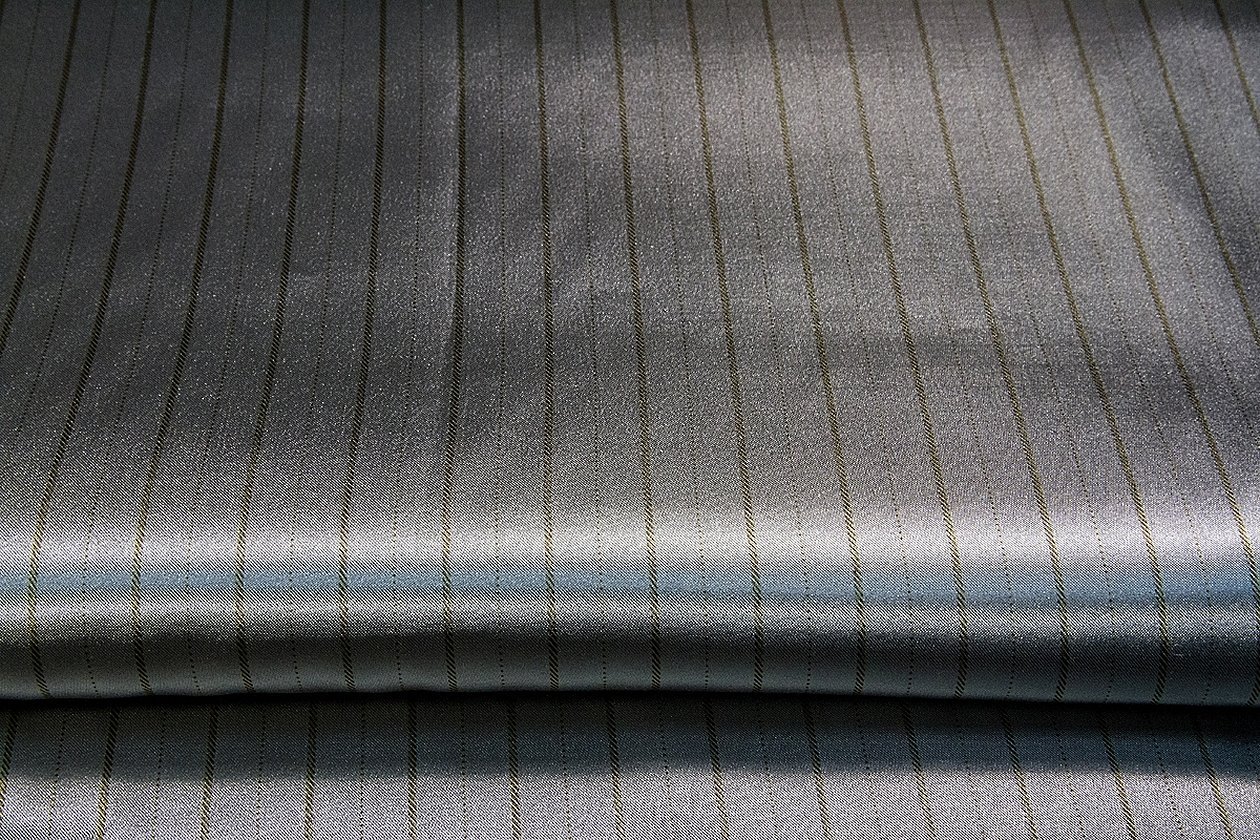
How to care for products
This weave is quite durable, but it needs to be carefully looked after. The washing rules depend on the composition of the material. If it contains wool, cashmere or silk, then you must follow the rules on the product label. The water temperature should not be higher than 35 degrees, use only liquid powders, without bleaches, wringing in the machine is not allowed.
In other versions, washing is allowed at a temperature of up to 60 degrees, in a delicate mode. The material shrinks a little after the first wash. It is advisable to dry horizontally so that it does not stretch from the weight of the water. Try to avoid direct sunlight to avoid fading.
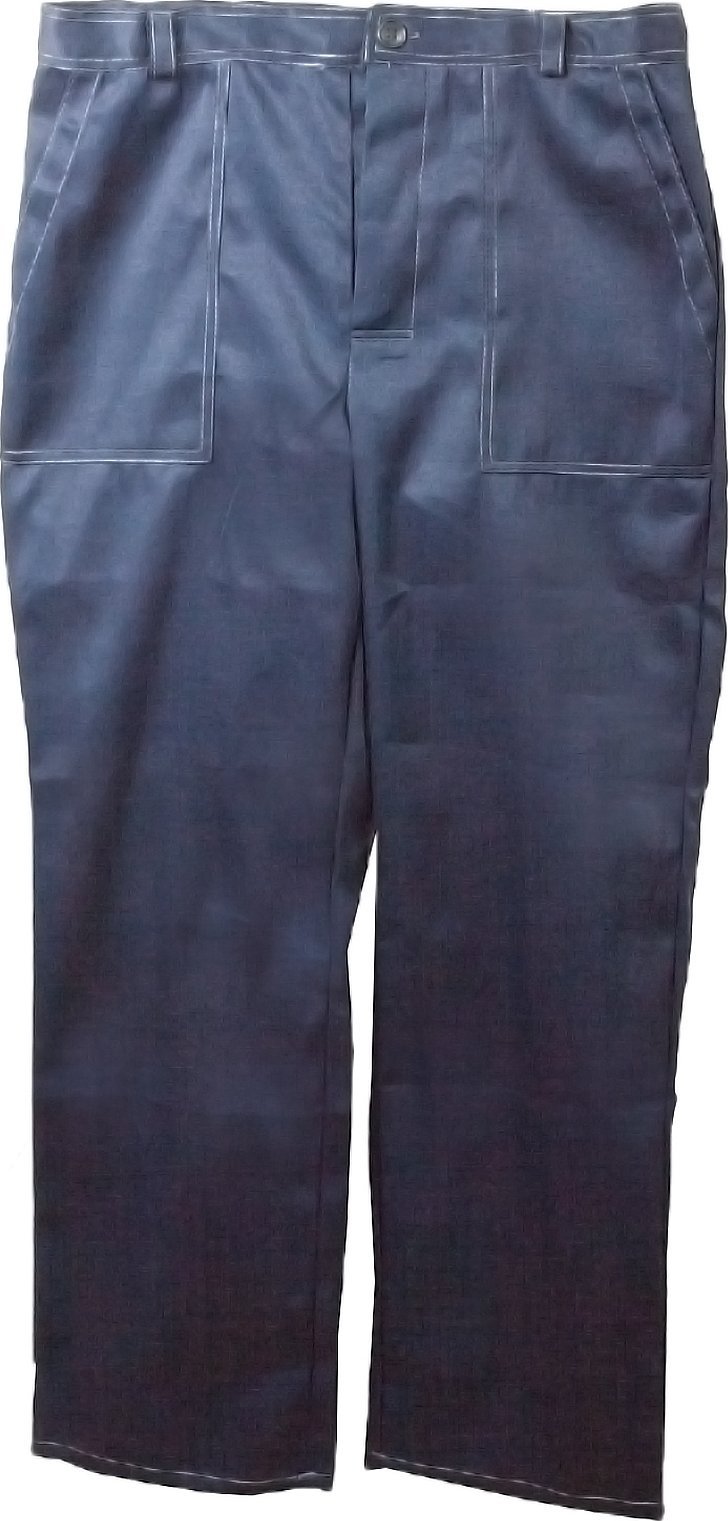
Rough and hard fabrics can be washed at 80 degrees and wrung out in the machine. Since the material hardly wrinkles, it should be ironed with a warm iron from the inside.
Almost everyone has twill fabrics. Such fabrics are used in many items of clothing. It is hard to imagine a modern wardrobe without denim coats and sweaters. The equipment is also dense and wear-resistant. Twill fabric is quite practical and pleasant to wear. Many suits for general workers, doctors or firefighters are made using this type of weaving.
Please note! It is important to properly care for the items; if this is difficult, it is better to trust the dry cleaner.
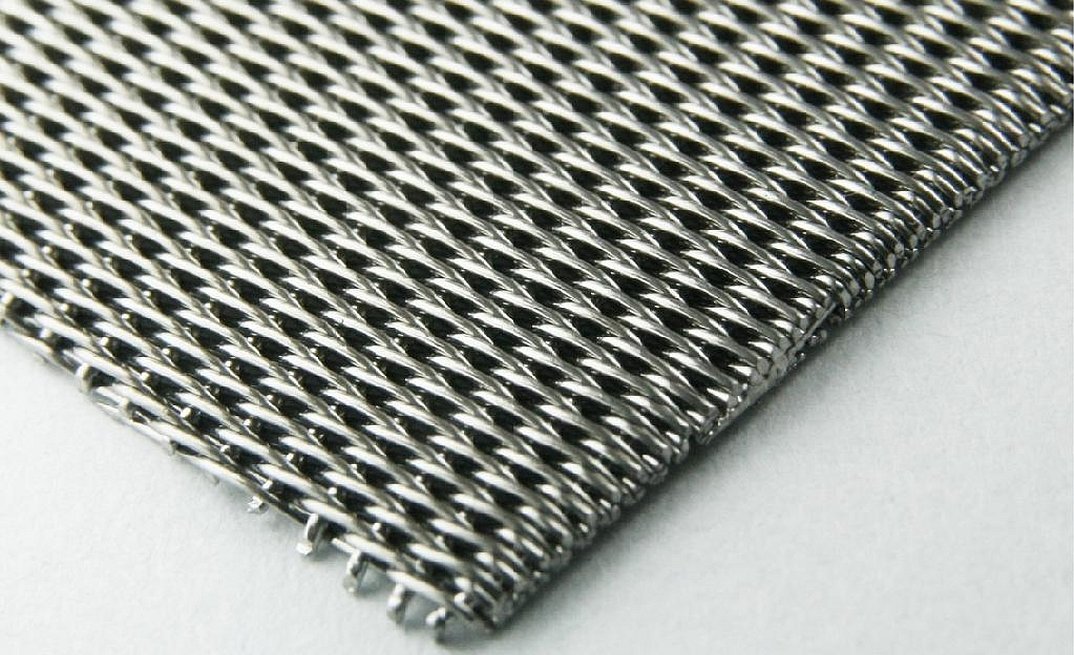
Twill fabric is very popular at the moment. Most winter items are made from it, from hats to sweaters and trousers. It is loved due to its low price and high properties. But, like any material, it requires its own special care. If you adhere to it, the products will last for many years.



